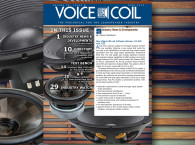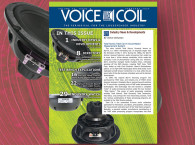
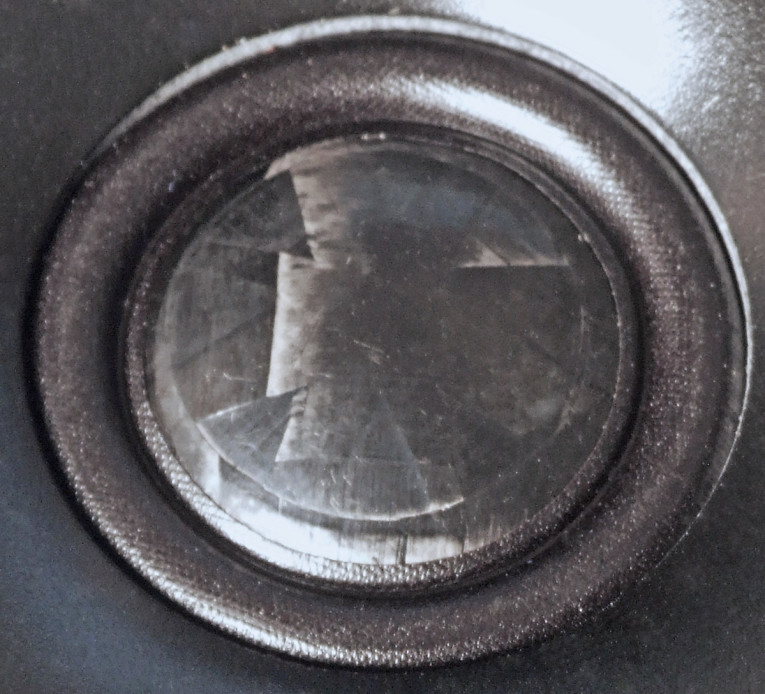
As originally introduced, TeXtreme thin-ply carbon is a novel type of material that is used in applications that require a high degree of stiffness performance in combination with ultra-light weight. Application examples included cryogenic tanks for space applications, the next generation of commercial aircraft, Formula One race cars, and loudspeaker diaphragms.
By optimizing the fiber architecture, the symmetric break-up modes are replaced with smaller and local break-up modes. Due to the light weight and very high stiffness, TeXtreme thin-ply carbon technology was obviously a great material for high-frequency diaphragms for tweeters, woofers, and compression drivers. However, this was only Gen 1 of the TPCD story.
Enter TPCD Metamodal technology. Metamaterial is any material engineered to have a property that is rarely observed in naturally occurring materials. Martin Turesson, head of Composite Sound, originally wrote about the metamodal process as applied to diaphragm technology in the February 2022 issue of Voice Coil magazine, and in an article titled “TPCD Technology in Headphones: Engineering to Control Diaphragm Resonances” published in the January 2024 issue of audioXpress. As applied to TPCD diaphragms, this means that by judiciously adjusting the location of weight and thickness in the diaphragm, you can control the cone modes and resonances.
Figure 1 shows three SPL curves: curve (a) is the frequency response of a conventional glass fiber cone; curve (b) is the frequency response of similarly constructed TPCD cone without and metamodal engineer of the material; and curve (c) is the frequency response of an engineered TPCD metamodel cone. The benefits of controlling resonant break-up modes is obvious as is the change in physical appearance when you compare the first-generation TPCD cones to the new metamodal TPCD cones as depicted in Photo 3. SEAS participated in the early stages of the TPCD metamodal process, and as a result has recently released the first two TPCD metamodal drivers in the industry — the SEAS Excel W16NX005 cone woofer, and the subject of this explication, the new SEAS Excel T29X001 tweeter.
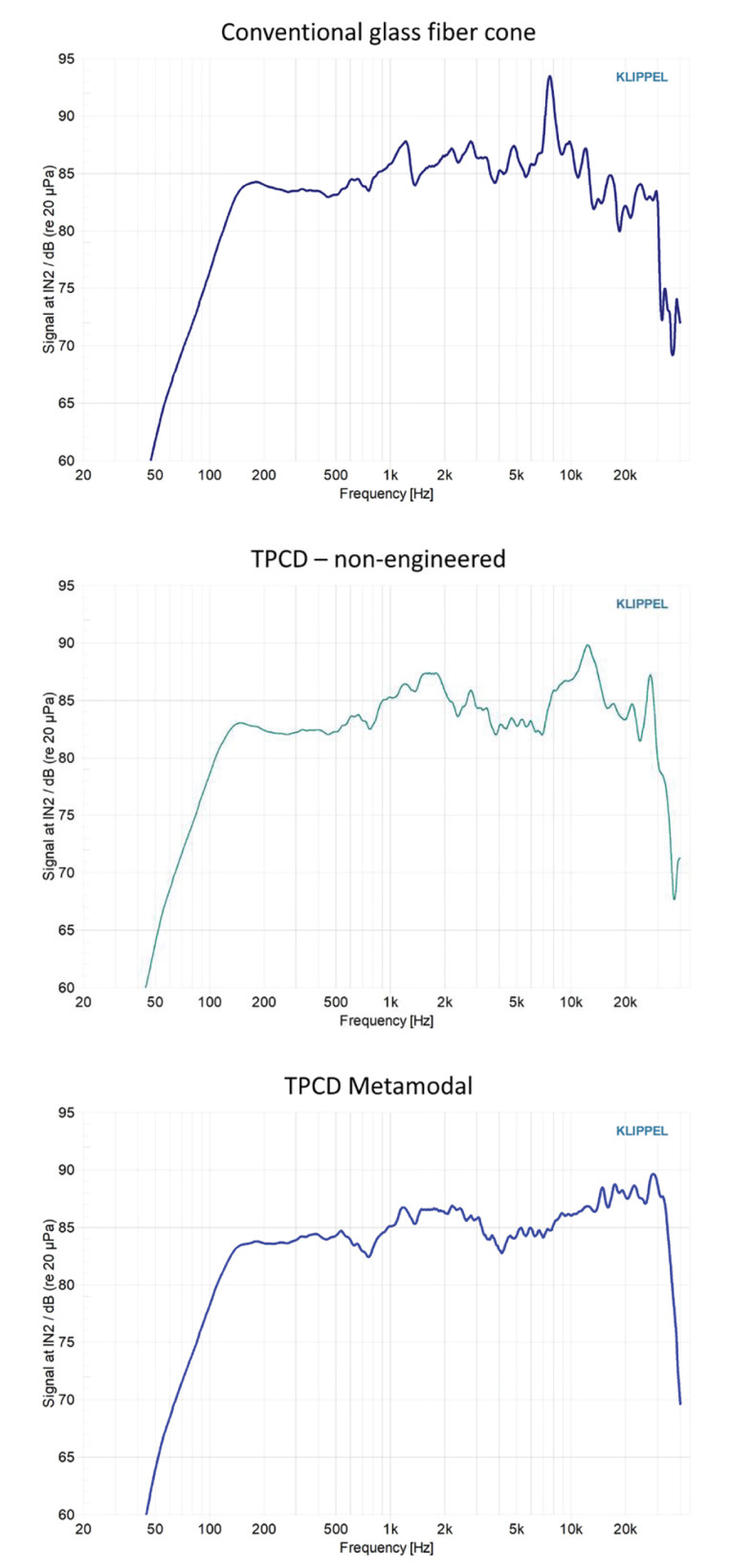


The really important feature of the Hexadym motor structure is that the six radially charged magnets allow for a much larger pole vent than is normal for typical ferrite ring magnet or neo slug/ring motor structures and has significantly less acoustic reflection back into the dome, which seriously enhances the clarity of this device.
To begin, I used the LinearX LMS analyzer to produce the 300-point impedance sweep illustrated in Figure 2. The tweeter resonance occurs at a moderately low 641Hz. With a 3.57Ω DCR (Re), the minimum impedance for this tweeter is 3.64Ω at 3.3kHz. Following the impedance test, I recess mounted the SEAS tweeter in an enclosure with a baffle area of 17”×8” and measured the on- and off-axis frequency response using the Loudsoft FINE R+D analyzer (provided to Voice Coil by Loudsoft) and the GRAS 46BE ¼” microphone (courtesy of GRAS Sound & Vibration). The devices were set up to measure the 200Hz to 40kHz frequency response (using a 192kHz sampling rate) at 2V/0.5m, normalized to 2.83V/1m. Sweeps were performed at 0°, 15°, 30° and 45°.
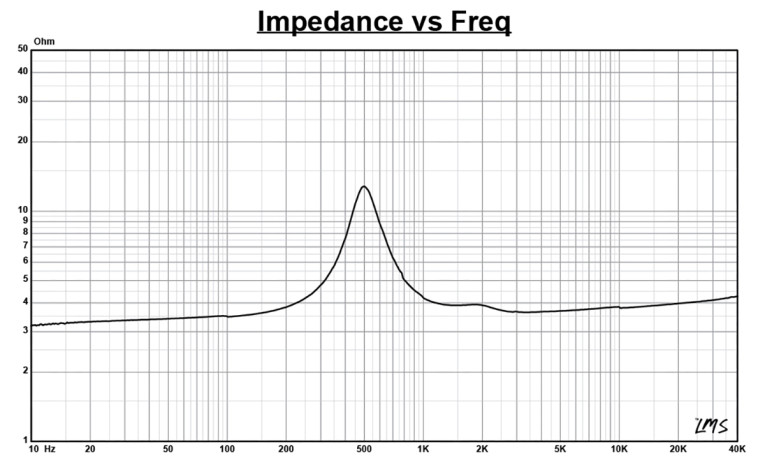
Figure 3 shows the on-axis response of the T29X001, which measured ±3dB from 1.5kHz to 20kHz, followed by a resonant mode peaking at about 35kHz. Figure 4 gives the on- and off-axis response of the T29X001 metamodal diaphragm tweeter. Figure 5 shows the off-axis curves normalized to the on-axis response. Figure 6 provides the CLIO 180° polar plot (measured in 10° increments with 1/3 octave smoothing). Figure 7 illustrates the two-sample SPL comparison of the SEAS T29X001, indicating the two samples were closely matched to within 0.25dB to 1dB throughout its operating range.





Importing this data into Listen’s SoundMap software produced the cumulative spectral decay (CSD) waterfall plot given in Figure 8. Figure 9 shows the Short Time Fourier Transform (STFT) displayed as a surface plot. For the final SoundCheck test procedure, I set the 1m SPL to 94dB (4.18V) using a noise stimulus and measured the second and third harmonic distortion with the GRAS microphone at 10cm. The results, depicted in Figure 10, show the third-order harmonic distortion is very low for this transducer.
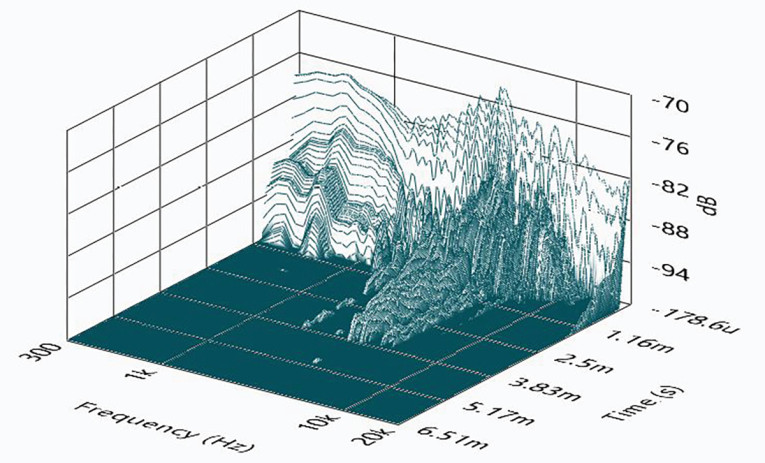

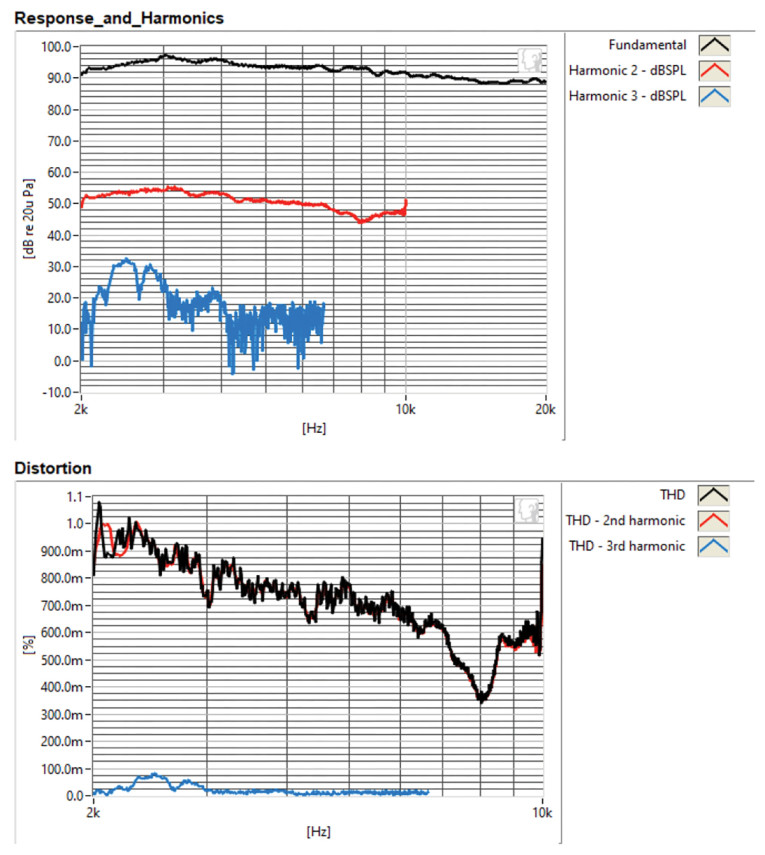
The build quality of the SEAS Excel line is excellent and typical of the kind of product that gets incorporated into very high-end two-channel and home theater loudspeakers. As far as the TPCD diaphragms, so far they would seem to be a less costly substitute for Beryllium. I have done informal subjective comparisons of the first generation of TeXtreme diaphragms to a very good sounding aluminum diaphragm, and the TeXtreme diaphragm sounded very detailed with more high-frequency content.
Comparing the same first-generation TPCD to a high-end Beryllium dome tweeter, I thought that in terms of detail and definition, TeXtreme is very close, with the Beryllium sounding a bit “warmer” and the first-generation TPCD a bit more forward. I conducted a similar comparison between the new metamodal TPCD and aluminum and Beryllium diaphragms, and I think the new metamodal TPCD is a definite subjective improvement. That said, I also compared the first-generation TPCD to the metalmodal TPCD, and while I liked the timbre of the new metamodal TPCD a lot, both versions are impressive. For more information about the SEAS T29X001 and other TPCD SEAS drivers, pelase visit www.seas.no. VC
This article was originally published in Voice Coil, February 2024





